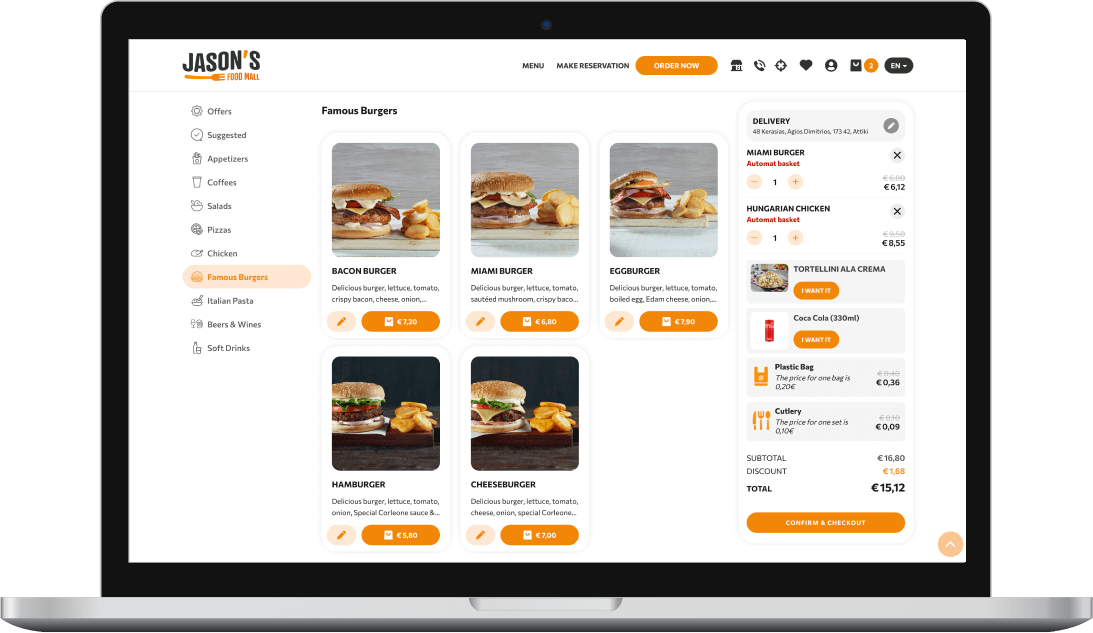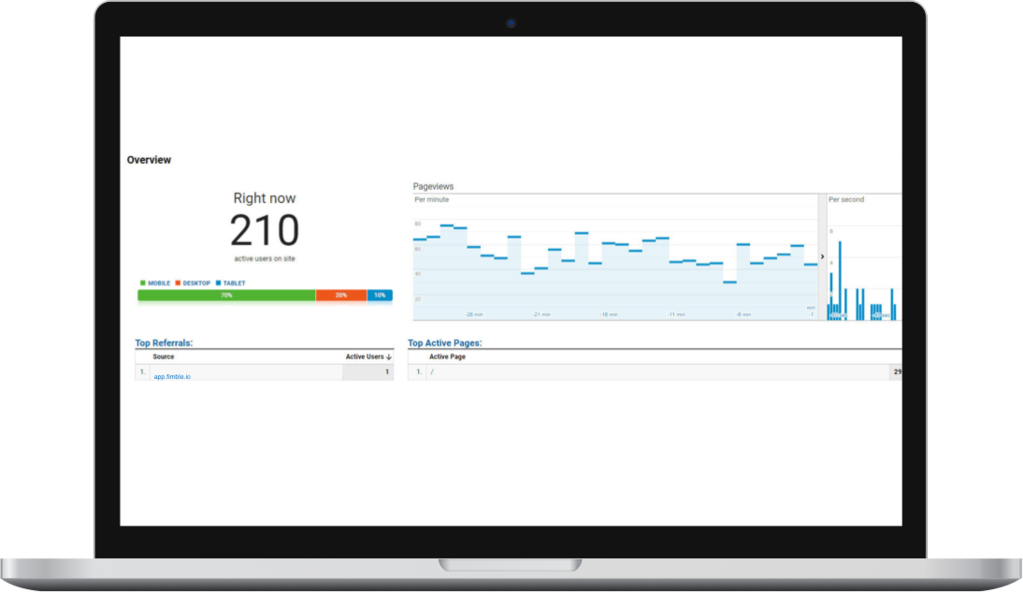Marketing
The marketing tools offered by fimble are a variety of tools to acquire and reengage your customers.
The marketing tools offered by fimble are a variety of tools to acquire and reengage your customers.
Any successful marketing action, whether is communication or analytics, requires the collection of customer and potential customer data from a variety of sources. Fimble does this in the following ways:

The most efficient method of attracting new customers is performed by creating offers that concern all customers (non-segmented). These offers are the main motivation for creating an account and ordering online.
Fimble’s offer system provides a wide range of possibilities to reflect the needs of the marketing department.
There are various types of offers such as automated (activated simply by adding the products to the cart), guided (with wizard) as well as offers that are activated with a coupon.
The segmentation of customers, potential customers, stores and generally all entities within the system, provides the possibility of better targeting and statistical reporting. Fimble performs segmentation in the following 3 ways:
Static segmentation created manually via filters provided by the system, for searching records.
Example: Search for customers who have not ordered for more than 180 days and assign to the segment "Inactive customers".
Dynamic customer segmentation based on automatically modified features.
Example: Dynamic setting of conditions that includes "customers who place more than 3 orders per month" and automatic assignment to the segment "Loyal customers".
Dynamic segmentation of customers based on buying habits.
Example: Dynamic setting of conditions that includes "customers who order products that include chicken" and automatic assignment to the segment "Chicken lovers".
The transformation of potential customers into active customers is enhanced by the following methods:

Fimble enhances the upselling of the business by manually marking products as "upsell" and automatically presenting them in the cart as a suggested addition when the product is not already in the cart.
Along with the upselling in the cart, the solution that helps significantly is digital signage, where with screens inside the stores, the business can display new products, offers, the price list, etc. enhancing the interaction with the customer visiting the stores.

The reengagement of inactive customers is significantly enhanced by the use of discount coupons. Fimble automatically categorizes customers who are inactive (have not placed an order in X days) so that marketing has the ability to run reactivation campaigns with a discount coupon.
COUPONS
Supported coupons include recurring coupons e.g. SUMMERSALES with optional use limit as well as disposable coupons with unique code.

Loyalty program
Creating a flexible loyalty program that rewards customers with purchases and actions. The program can define both the way of collecting points (per order, per product or per euro) as well as their redemption with a discount in the cart, gifts, discount coupons or products
Targeted campaigns
The ability to target specific customers for advertising significantly increases the repetition conversion of an order.
Successful customer retention is enhanced through fimble in the following ways:

Marketing Campaigns
Recording of marketing actions performed and planned both online (e.g. Google Ads) and offline (ex. Radio) whose data are evaluated statistically and used by other applications such as Forecast, Scheduling, etc.
Competition
Track your competitors and their locations, monitor their prices and offers.
Reporting
Detailed statistical reports for all marketing actions.